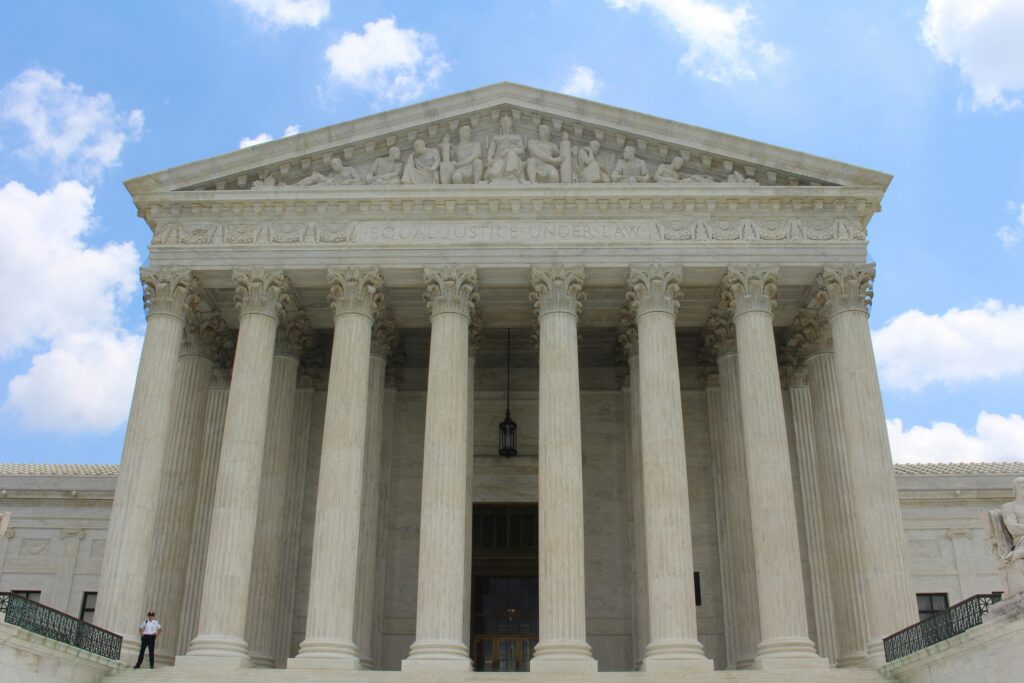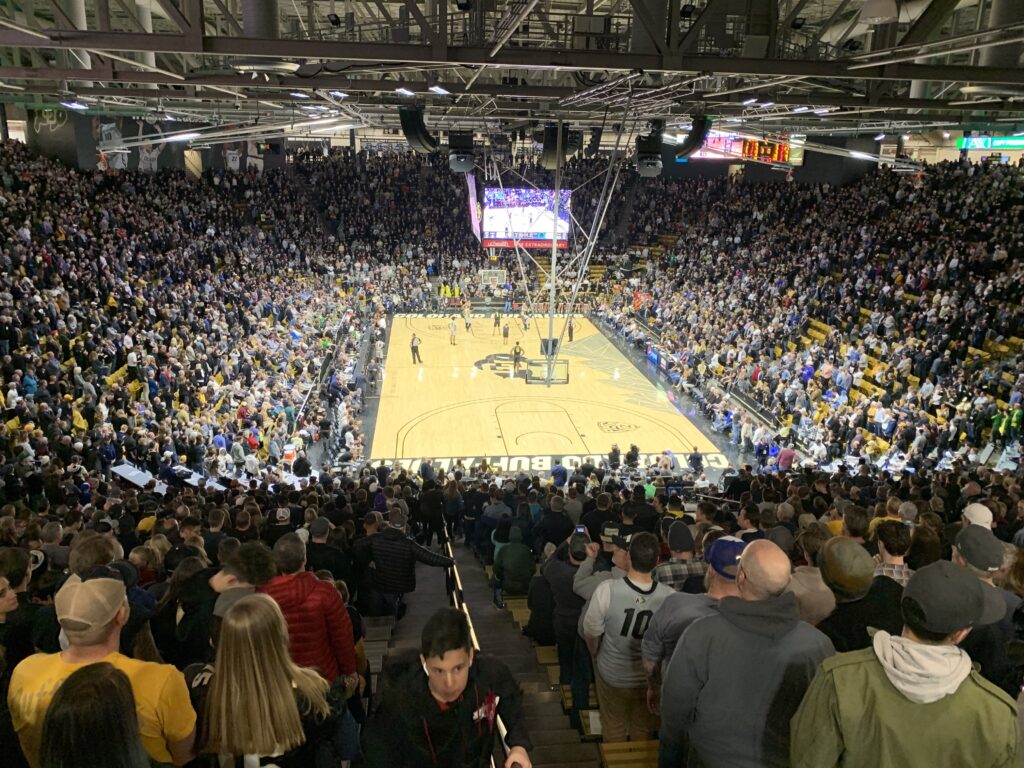
With the House v. NCAA settlement reshaping college athletics, schools are scrambling to adapt to the new pay-for-play era. One of the biggest trends? Hiring general managers to handle roster construction, NIL strategy, and transfer portal management—turning college programs into mini-NFL franchises.
It’s no surprise that Alabama (Kevin Steele), Florida (Graham Hall), USC (Chad Bowden), and LSU (Austin Thomas) are investing heavily in former NFL executives to navigate this new landscape. But what is surprising? Even non-Power Five schools like Colorado State (aka “Little Brother U”) are following suit—hiring Alex Collins from Ole Miss as GM and bringing in former NFL GM Kevin Colbert as a special consultant.
Colorado, too, has been at the forefront of these changes, appointing Reggie Calhoun Jr. as the Director of Football NIL/Revenue Sharing, a GM-like role that involves managing NIL opportunities and overseeing revenue-sharing initiatives for the football program. Calhoun previously partnered with CU as Director of Operations for the 5430 Alliance which merged with the Buffs4Life NIL collective in March, 2024.

What was the House vs. NCAA lawsuit?
The House lawsuit was filed by former Arizona State swimmer Grant House and other college athletes as an antitrust case against the NCAA, challenging restrictions on athlete compensation.
Why was the House suit filed?
The lawsuit argued that there were 4 primary issues with the NCAA restriction on athletic compensation:
- Antitrust Violations – The lawsuit argued that NCAA rules violated U.S. antitrust laws by restricting players from earning fair market value.
- Unfair Financial Restrictions – Before NIL, athletes couldn’t profit from their brand while schools, coaches, and conferences generated billions.
- Direct Pay to Athletes – The suit pushed for revenue sharing, allowing schools to pay athletes directly instead of relying on third-party collectives.
- Back Pay for Athletes – The lawsuit sought damages for athletes previously denied compensation under the old system.
Outcome of the case:
The lawsuit led to a $2.8 billion settlement in 2024, marking a massive shift in NCAA athlete compensation.
Key takeaways from the settlement:
- Schools Can Pay Athletes Directly – Reducing reliance on third-party NIL collectives.
- A $20.5 Million Cap – Schools can allocate up to $20.5 million annually to compensate athletes, creating an NCAA-wide salary cap. (This number will rise over time as TV contract values rise)
- Tax-Deductible Contributions – Donors can contribute directly to athletic departments and receive tax deductions.

How schools will spend the money:
The settlement established a 75-20-5 distribution model:
- 75% to Football
- 20% to Men’s & Women’s Basketball
- 5% to Other Sports
This means a school like Colorado can allocate up to $15.375 million to football under the cap. While it’s not clear exactly how much money Colorado spent on the 2024-2025 roster, the Buffs4Life NIL collective, prior to merging with the 5430 Alliance, reported more than $4.3 million spent on approximately 200 student athletes in 2023-2024. Under House, exceeding the $20.5 million total cap across all sports is not permitted.
Financial realities and strategic challenges:
- Not All Schools Can Afford the Cap – Power Five (P5) programs will likely spend the full amount, while Group of Five schools may struggle to compete.
- More Money Per Player, Smaller Rosters – Most schools, except possibly Ohio State, are now spending significantly more on football. At the same time, roster sizes are shrinking (a cap of 105 scholarship and walk-on players in 2025-2026 has been implemented instead of 85 scholarship and unlimited walk-ons, increasing the average pay per player.
But here’s the risk: just like in the NFL, dead cap space can be crippling. Schools must spend wisely, avoiding overpaying a small handful of players. Programs that fail to manage their cap strategically could find themselves stuck with bloated payrolls and roster imbalances (Russell Wilson, anyone?).

Unanswered questions:
1. Contracts & Stability
There are currently no standardized contracts for student-athletes. That could lead to more situations like UNLV’s Matthew Sluka, who left mid-season over a broken NIL promise of $100,000.
2. Collective Bargaining: The End of the “Student-Athlete”?
The NCAA has long argued that players are students first, athletes second—but that idea is crumbling.
- The NLRB’s ruling on Dartmouth men’s basketball suggests athletes can be considered employees.
- If this precedent spreads, schools may have to negotiate contracts, provide benefits, and withhold taxes—fundamentally changing college sports.
- At Colorado and beyond, the impact would be massive, especially as players push for greater financial security and legal protections.
But collective bargaining is no easy fix. It raises major questions about Title IX, school finances, and the survival of non-revenue sports. What happens if football and basketball players get employee status while other athletes don’t? Could this lead to a college farm system—or worse, the elimination of lower-revenue programs?
What’s next for Colorado and CU sports?
The House settlement is just the beginning of a new financial model for college athletics. Schools that embrace smart roster management and sustainable spending will thrive. Those that overspend on star players without considering long-term impacts could collapse under their own payroll.
Under the leadership of Rick George and Deion Sanders, CU athletics has reached new heights. As regulations take shape blue blood programs will have to operate under the same financial constraints as everyone else. For Colorado, that levels the playing field. With a rising program, a dynamic head coach, and top-tier facilities in Boulder, the new landscape presents an opportunity. The Buffs are positioned not just to compete—but to thrive.
Some really good stuff here. A (maybe) stupid question: Can any of the $22 m cap be spent on coaching salaries?
Schools don’t need to spend any money on revenue sharing with players — the $22m is a max. So technically a team could decide to spend $10m on revenue sharing and use the “extra” $12m that was otherwise budgeted for rev shariing with players on coaching salaries. The problem is that coaches don’t want to hamstring themselves from a roster building standpont by having fewer dollars available for players.